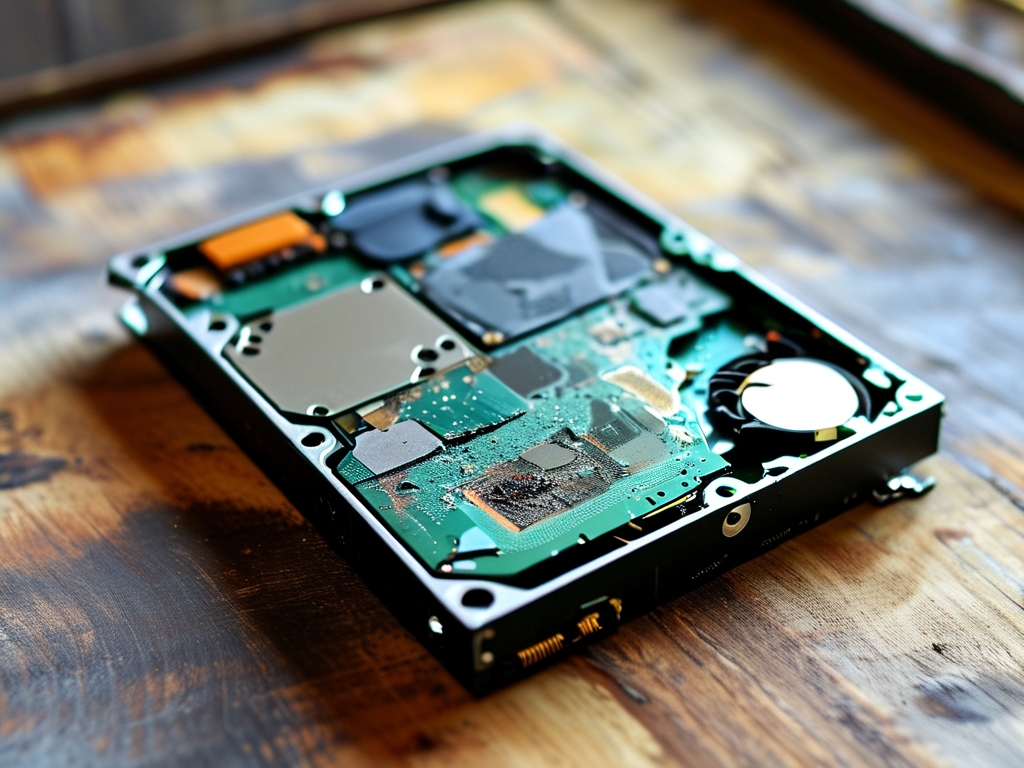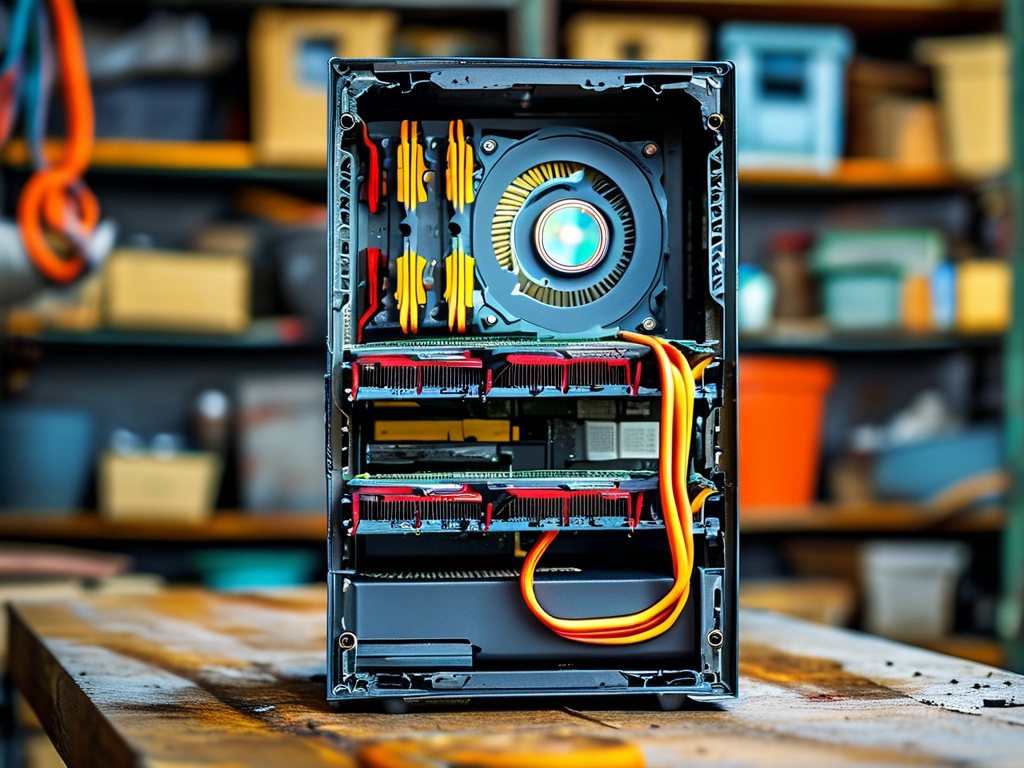A corrupted memory manager is a critical issue that can destabilize your operating system, leading to frequent crashes, application errors, and even data loss. The memory manager, a core component of modern OS architectures, handles memory allocation, virtual memory mapping, and process isolation. When it malfunctions, the consequences ripple across the entire system. This article explores practical steps to diagnose and resolve memory manager corruption while offering prevention strategies to safeguard your system.
Understanding Memory Manager Corruption
The memory manager ensures that applications and the OS efficiently use physical and virtual memory. Corruption typically manifests through symptoms like:
- Blue Screen of Death (BSOD) errors referencing memory-related codes (e.g.,
PAGE_FAULT_IN_NONPAGED_AREA). - Application crashes with messages like "Memory could not be read/written."
- System freezes or sudden reboots.
- Degraded performance due to memory leaks or improper allocation.
Common causes include faulty hardware (RAM, storage drives), outdated drivers, malware infections, software conflicts, or corrupted system files.
Step-by-Step Repair Guide
1. Run Built-in Diagnostic Tools
Most operating systems include utilities to identify memory-related issues:
-
Windows Memory Diagnostic (Windows):
- Type "Windows Memory Diagnostic" in the search bar and run the tool.
- Choose "Restart now and check for problems."
- The tool will scan RAM for errors during reboot. If faults are detected, replace the defective RAM modules.
-
Memtest86 (Cross-Platform):
- Create a bootable USB drive using Memtest86.
- Boot from the drive and let it perform multiple RAM test cycles (4+ passes recommended).
2. Update or Roll Back Drivers
Outdated or incompatible drivers often trigger memory manager conflicts:

- Open Device Manager (Windows) or use terminal commands (Linux/macOS) to check driver status.
- Update drivers via official manufacturer websites or OS update services.
- If issues began after a driver update, roll back to a stable version.
3. Scan for Malware
Malware can hijack memory processes or corrupt system files. Use trusted antivirus software to perform a full system scan. Quarantine or remove detected threats.
4. Repair System Files
Corrupted OS files destabilize the memory manager:
- Windows:
- Open Command Prompt as Administrator.
- Run
sfc /scannowto repair system files. - Follow with
DISM /Online /Cleanup-Image /RestoreHealthfor deeper repairs.
- Linux:
- Use
fsckto check and repair file system integrity.
- Use
- macOS:
- Boot into Recovery Mode and run Disk Utility’s "First Aid."
5. Check Hardware Components
Faulty hardware is a leading cause of memory corruption:
- Test RAM: Use tools like Memtest86 or manufacturer-specific utilities.
- Inspect Storage Drives: Run
chkdsk(Windows) orsmartctl(Linux/macOS) to check for disk errors. - Power Supply: Inconsistent power delivery can corrupt memory operations. Test with a PSU tester or replace the unit if unstable.
6. Restore or Reinstall the OS
If software fixes fail, consider:
- System Restore (Windows): Revert to a previous stable state via Control Panel > Recovery.
- Clean OS Installation: Backup data and reinstall the OS to eliminate deep-seated corruption.
Preventing Future Memory Manager Issues
-
Regular Maintenance:
- Schedule monthly disk checks and driver updates.
- Clean temporary files using tools like CCleaner or built-in disk cleanup utilities.
-
Malware Protection:
- Install reputable antivirus software and enable real-time scanning.
- Avoid downloading unverified software or visiting suspicious websites.
-
Hardware Monitoring:
- Use tools like HWMonitor or Open Hardware Monitor to track RAM and CPU temperatures.
- Replace aging hardware before failures occur.
-
Avoid Overclocking:
- Overclocking RAM or CPUs can destabilize memory management. Stick to manufacturer-recommended settings.
-
Backup Critical Data:
- Use cloud storage or external drives to protect against data loss during system failures.
A corrupted memory manager demands prompt attention to prevent irreversible system damage. By combining diagnostic tools, software repairs, and hardware checks, users can restore stability and performance. Proactive measures—regular updates, malware vigilance, and hardware maintenance—significantly reduce recurrence risks. If DIY methods fail, consult a professional technician to address underlying hardware flaws. Remember, a healthy memory manager is foundational to a seamless computing experience.


